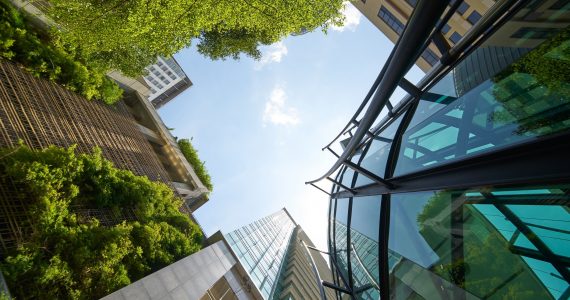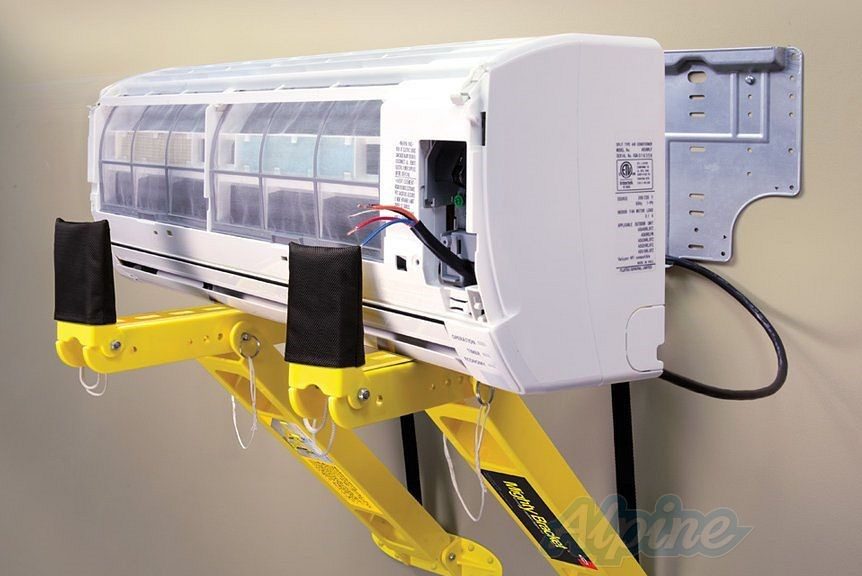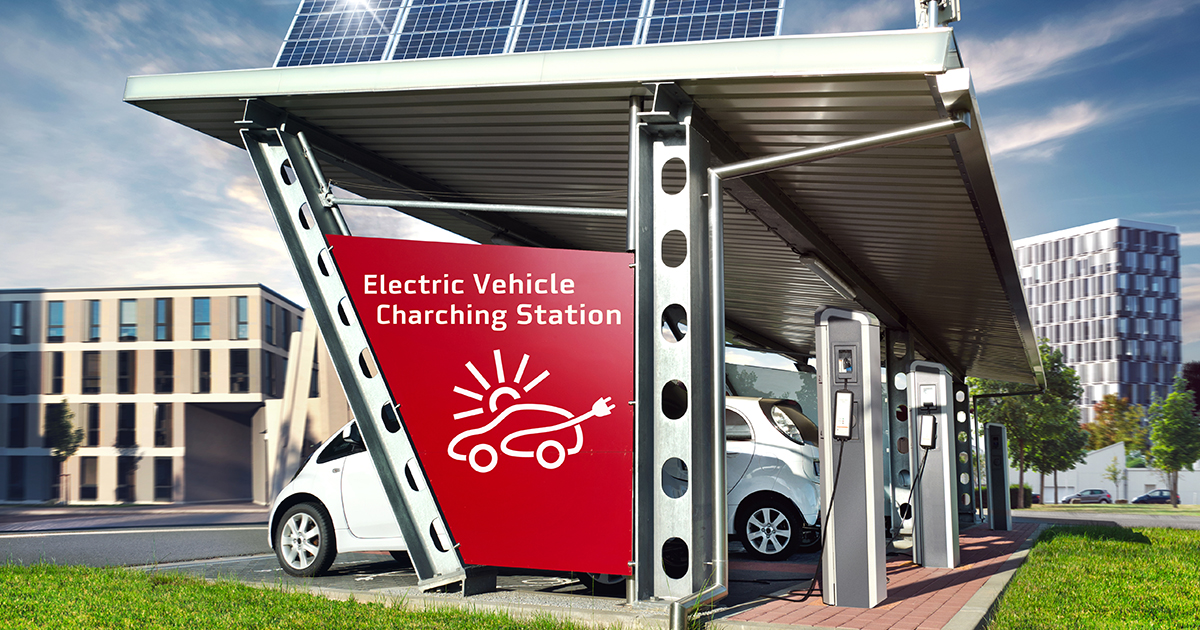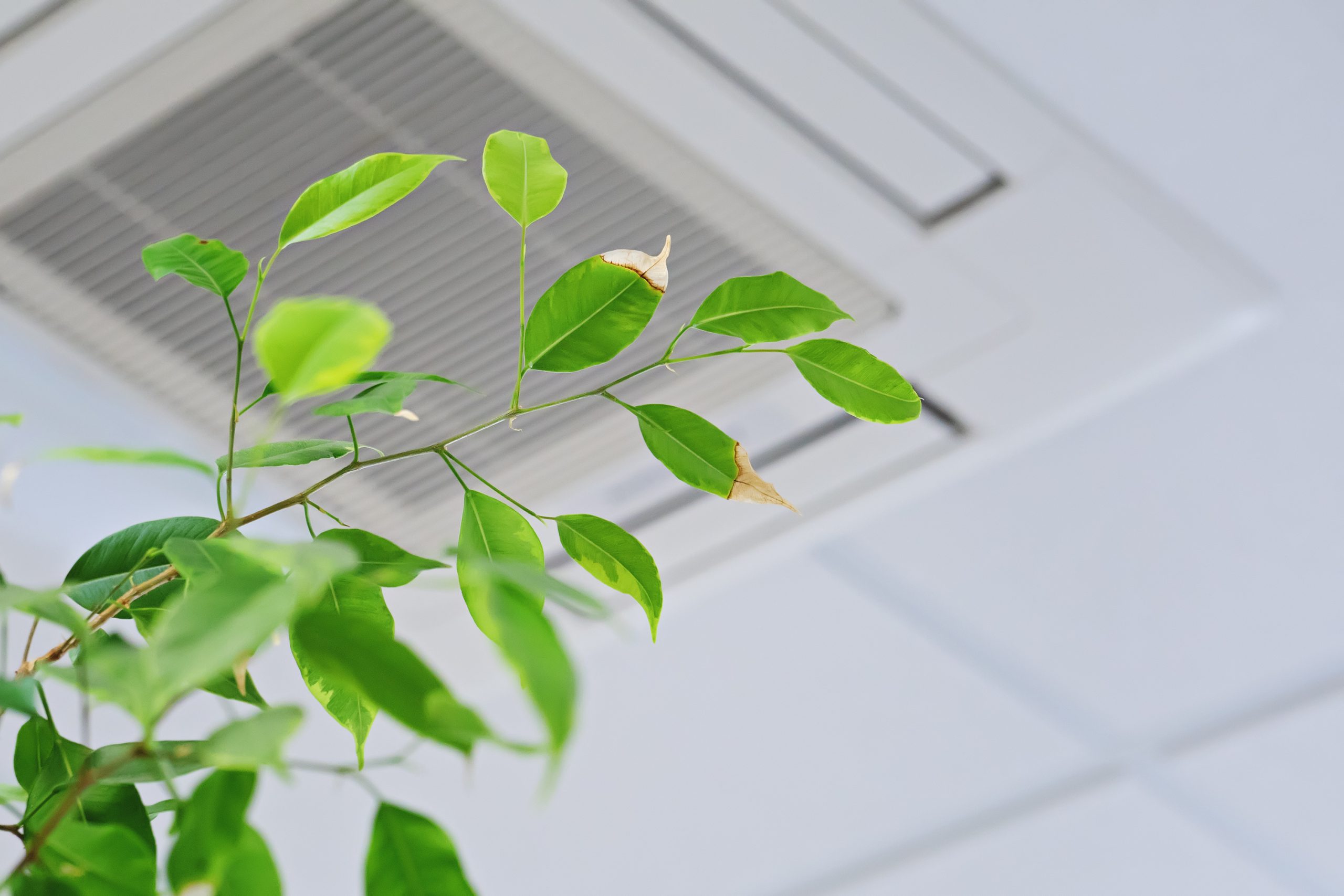
Four effective ways to reduce energy consumption in office buildings
Office buildings that are less than 20 years old all have similar design: “curtain” facades, generally made of glass throughout; electrical and air conditioning equipment generally located above false ceilings; and finally central technical facilities on the flat roof.
Assessing ways to save energy in this type of building
To explain how this is done, we use the example of a building that is representative of the construction methods of that time: the Défense Plaza tower, which houses La Factory.
The advantage of this example is that we have its energy audit, carried out in 2012 and showing consumption measured over the year 2011. This is fortunate, because it was carried out one year after to the provisions of the ELAN Law set the baseline in 2010.
Settings, regulation, programming
Without adding equipment, and therefore with a very modest budget, it is possible to change the way in which the building is operated. This assumes the building has a building automation system (BAS).
There is a BAS in the Défense Plaza. It was delivered and configured in 2003 using the customer’s criteria at the time. The concern today is that this BAS did not necessarily focus on limiting consumption.
For example, the air extraction system ran uninterruptedly, including at night. Bringing in fresh air consumes large amounts of electricity for heating and cooling. It therefore makes sense to adjust air intake to match the actual occupation of the premises.
⇒ The saving is about 5% of total consumption and the return on investment period is very short (less than three years).
Relamping
Fluorescent lights installed in 2003 are becoming obsolete. It is time to replace them with LED lighting, for which visual comfort has increased and prices have declined in recent years. In addition, LED lights consume only half the amount of electricity required for fluorescent lighting.
⇒ The energy savings is 8% and the return on investment period is 5 to 10 years.
Heat recovery
Heat recovered from air extracted from offices is used to heat the fresh air coming into the building via a heat exchanger system. These systems were installed in 2003 but they have since become far more efficient. Replacing the fresh air plants with recent models increases energy efficiency.
⇒ An energy gain of 5% (depending on the complexity of the works) and a return on investment period of 8 to 12 years.
Climate control
The most widespread system in 2003 was the ceiling-mounted fan coil unit, which has since made major progress thanks to the (now widespread) use of electronically commutated motors. This type of motor consumes three times less than a conventional asynchronous motor.
⇒ the reduction in consumption is substantial (8%). However, replacement of all fan coil units requires substantial investment. The return on investment period is more than 20 years.
These four steps can reduce consumption by nearly 30% – quite an achievement in a building that reported reasonable final energy consumption in 2011 (about 240 kWh/m² year).
The return on investment periods may look lengthy, but it is generally recognised that energy renovation is, if not a good financial investment, simply unavoidable!
Did you like the article ?


